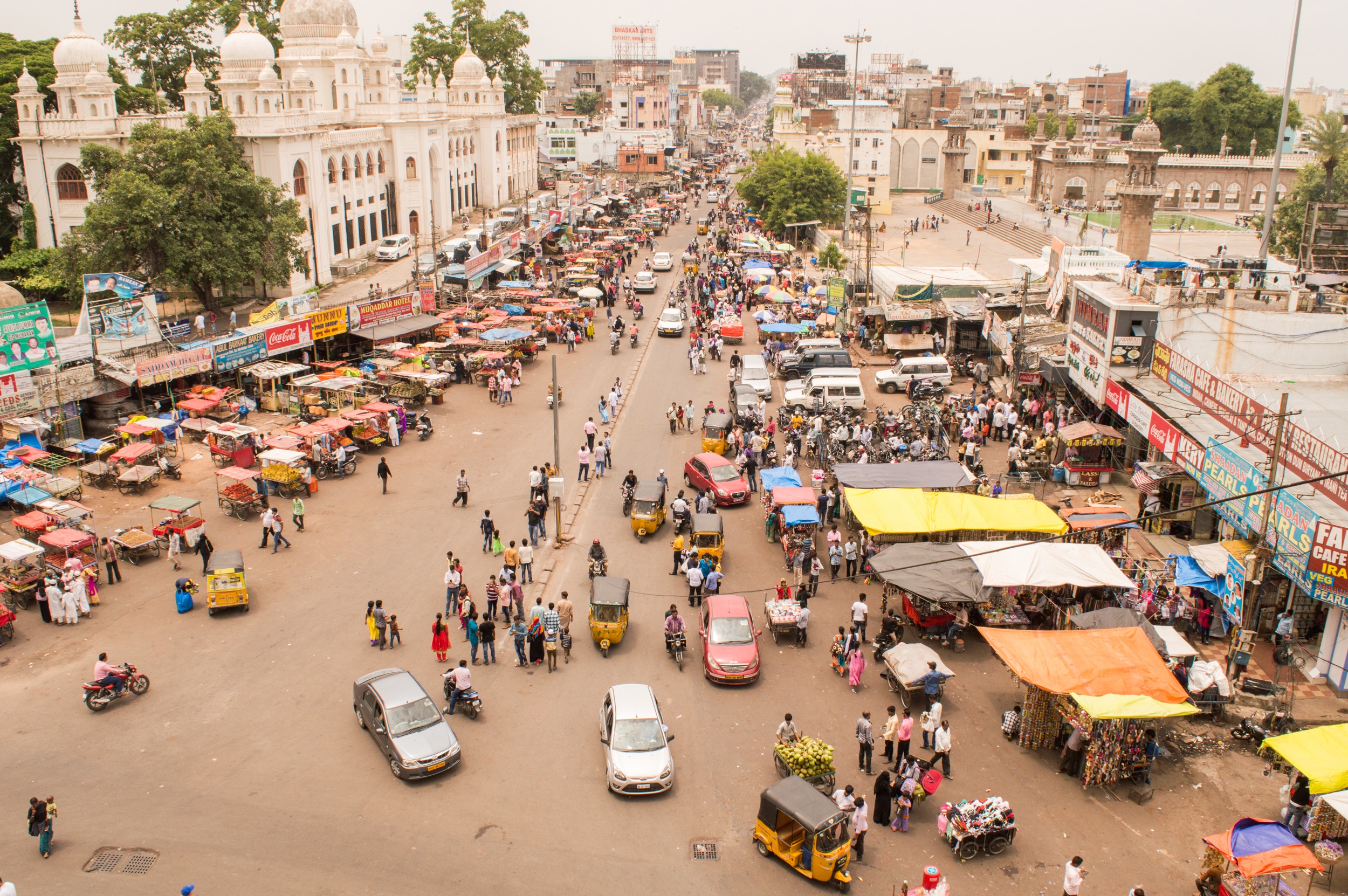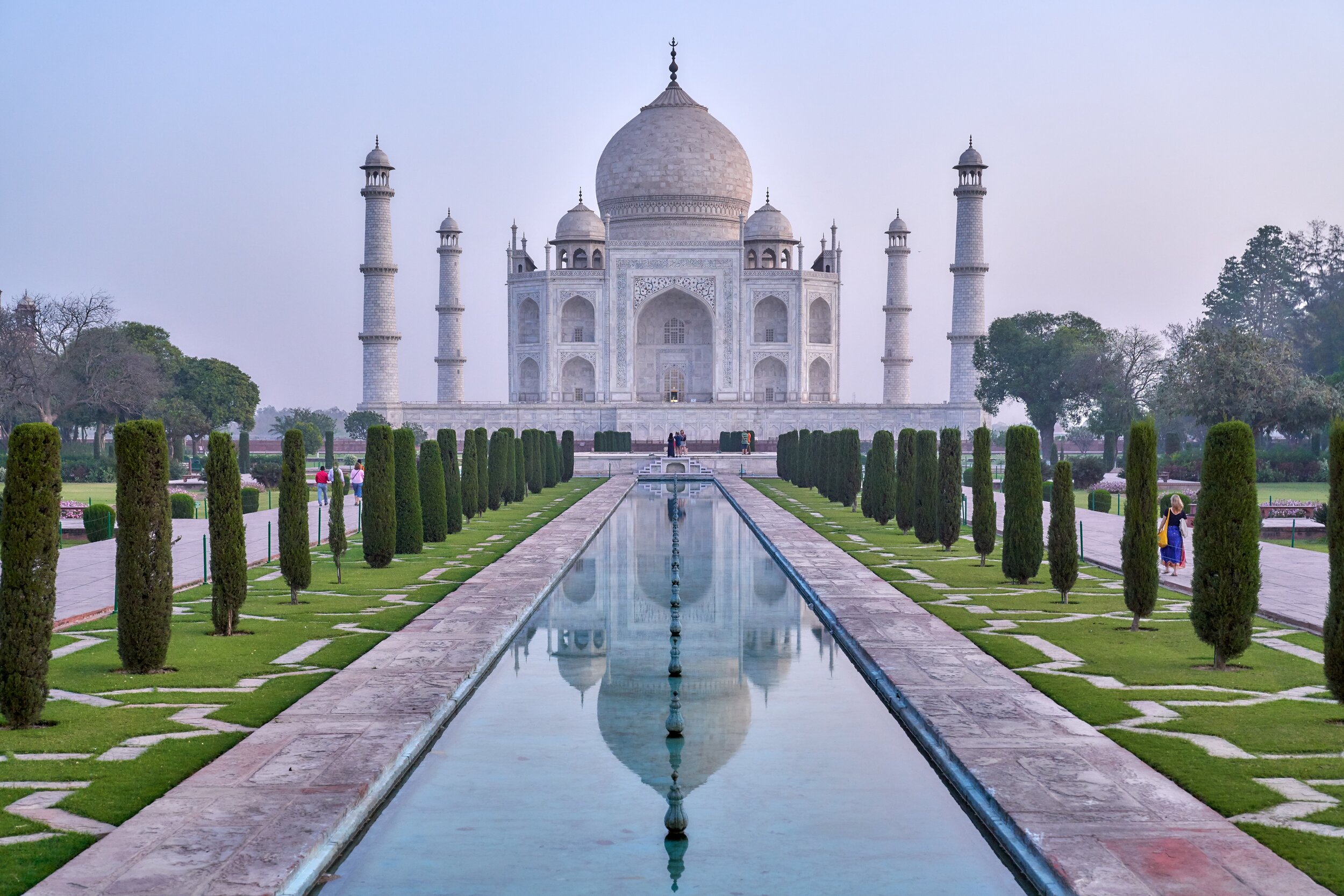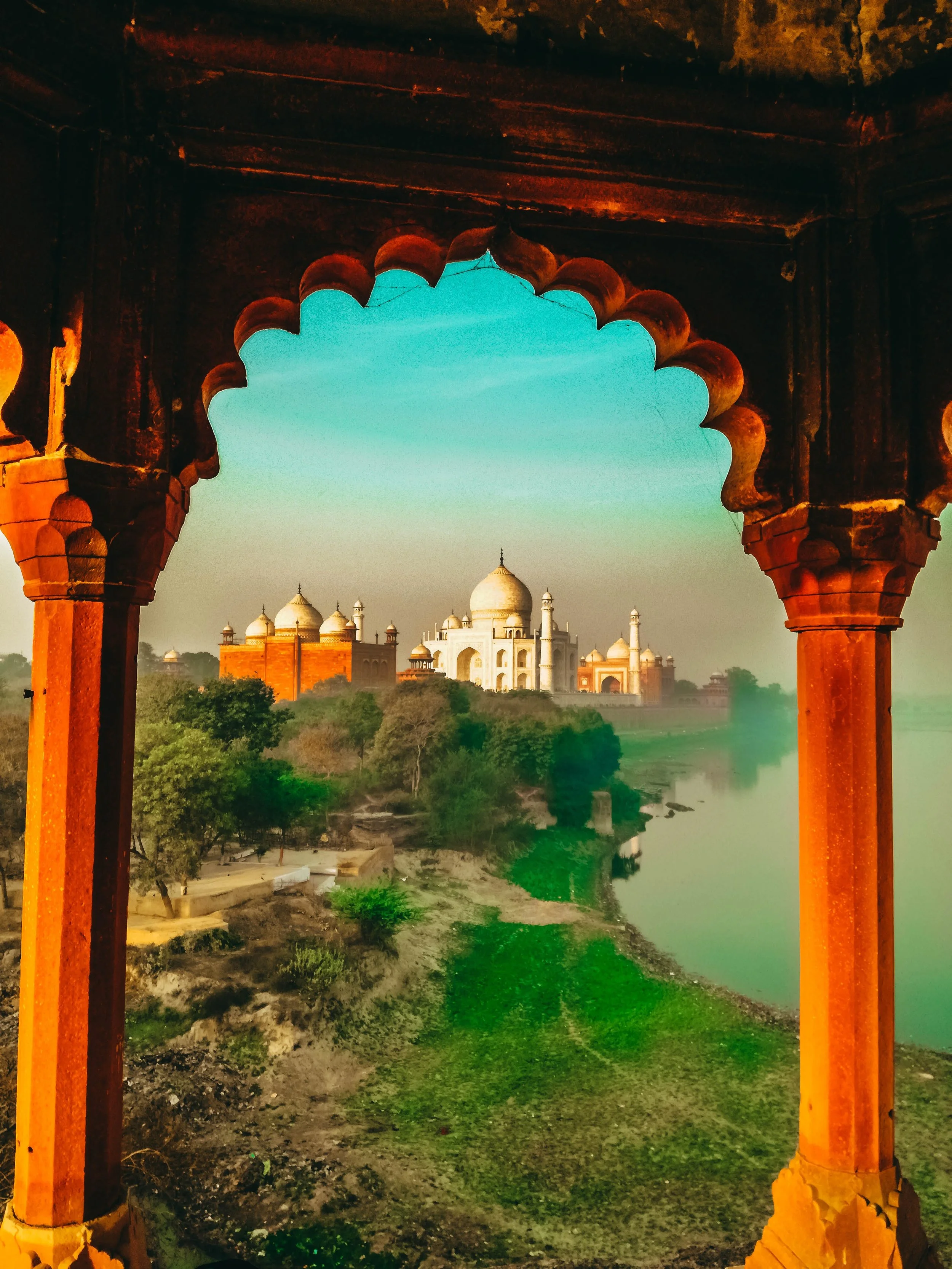What to wear in India? You definitely are not the first to look this question up on the internet. India is an extremely beautiful and also conservative country. No matter the season, avoid showing excessive amounts of skin out of respect for the culture.
When traveling to India, one should generally keep their shoulders, knees, cleavage, and midriff covered to avoid unwanted stares. Unless you are planning a visit to the beach, keep your mini skirts and tank tops at home. For guys as well, even with the sweltering heat during some months, it is extremely uncommon for locals to wear shorts, so keep that in mind if looking to avoid extra tourist attention. As in any country, the local dress code tends to be more lenient in touristy areas, so look into the specific areas you will be traveling to before you begin your packing. For instance, in cities such as Mumbai and Delhi, Western dress is more acceptable than in other areas of the country. In those two cities, it is more common to see Indian women wearing jeans and using t-shirts as saris. Still, it is best to cover up and be conscious of not wearing clothes that are too tight or revealing. This also applies when going out as well. Many temples also have strict dress codes in which entry is prohibited without head and shoulders being covered. A woman's best outfit option when entering a temple is a long, loose skirt and a plain, long-sleeved top or shirt. If you happen to not be wearing long sleeves on a day you are visiting a temple, drape a long scarf over your shoulders. Wear shoes that can be easily removed, since you will be leaving them at the door.
Winter
Winter in India is a short season and lasts from December to January. Some say it is the best time to visit India. The climate at this time to Indians is considered very cool and can range from as low as 41 F up to 77 F. If you would prefer the warmer side of these temperatures, stick your traveling to the South of India. During this time is recommended to pack woolen and body warmers as some of your articles of clothing. If you are traveling to Northern India during this time you may want to add some hats, gloves, a light fleece, and thermal underwear to your other warm layers. This region tends to have higher elevations and is colder than the rest of India
Spring
Spring is also a short season in India and is around in February and March. At this time the climate is very pleasant to most and temperatures range from 68 F to 77 F. If light woolens make up the majority of your packed luggage you should be good to go.
Summer
Summer in India usually lasts from April to June. Weather is definitely hot as temperatures go from 77 F all the way up to 113 F! In northern India, the famous Loo winds are active and blow strong, dusty, gusty, hot and dry summer winds throughout the land. Pack a lot of light pieces of cotton to keep you as cool as possible from the sweltering heat. It is recommended that you do not wear synthetics as you might put yourself at risk of developing some skin allergies or heat burns. The heat from the sun can get so intense that it often causes people to get sunstroke if unprepared. During this time, it is advised to never go out in the midday sun. When packing for summer travel in India, keep in mind and research the specific regions you will be traveling to, as it can drastically affect the weather and your packing list. Overall, it is recommended to pack light, quick-dry clothes along with items you can use for sun protection and to keep you cool at the same time. Some staples include long-sleeved linen shirts and pants, sun hats and sunglasses.
Monsoon
Surprise! Yes, in India they technically have a fifth season from July to mid-September that is filled with monsoons and wet, hot and humid weather. The rainstorms begin moving in from various directions, leading up to July where the whole country experiences down pouring storms. Northern India is prone to the most intense monsoon storms which sometimes come with hail. Although not favorable to the average traveler, the monsoon rains are important as they help drive India’s agriculture-based economy. Although a little cooler than summer, temperatures still tend to be steamy as they range from 86 F to 95 F. Hopefully, you get to experience India during a different season, but if you get stuck traveling during this time, an umbrella, rain boots and a wardrobe of light and quick-dry pieces of cotton will be sure to come in handy.
Fall
Fall is a brief season ranging from the end of September to November. As the sun comes back out, temperatures finally return back to pleasant ranging from 68 F to 86 F. No matter what time of the year you are visiting, the Weather+ app has you covered. The app is known to provide an accurate 6 days/nights weather forecast, which will help you while in-country and while packing before as well. In the Fall, a mix of cottons and light woolens will suit your abroad wardrobe well. This season is known to be windy, so bring layers for unexpected temperature drops. To be extra prepared, keep your rain gear and windproof umbrella on hand in case any lingering monsoon storms happen to swing by.
A quick reminder to try and not bring too many articles of clothing. It is extremely easy to support local businesses and find inexpensive clothes once in India.
Post written by: Kirsten Cusack, @kirqsak













One of our core values here at Acanela Expeditions is ‘Impact’. We have the opportunity to create a positive impact as we travel the world and immerse ourselves into cultures and experiences as we work with local artisans. Meet our artisan and friend, Shashi!